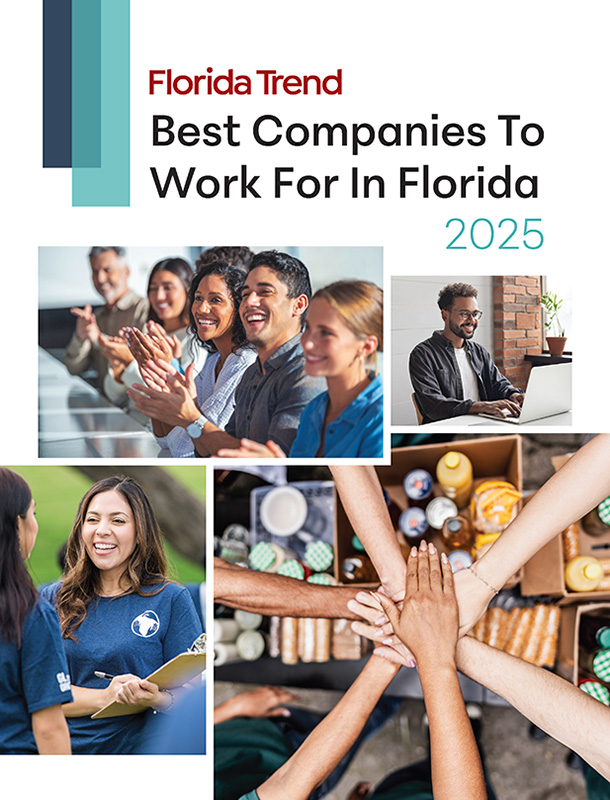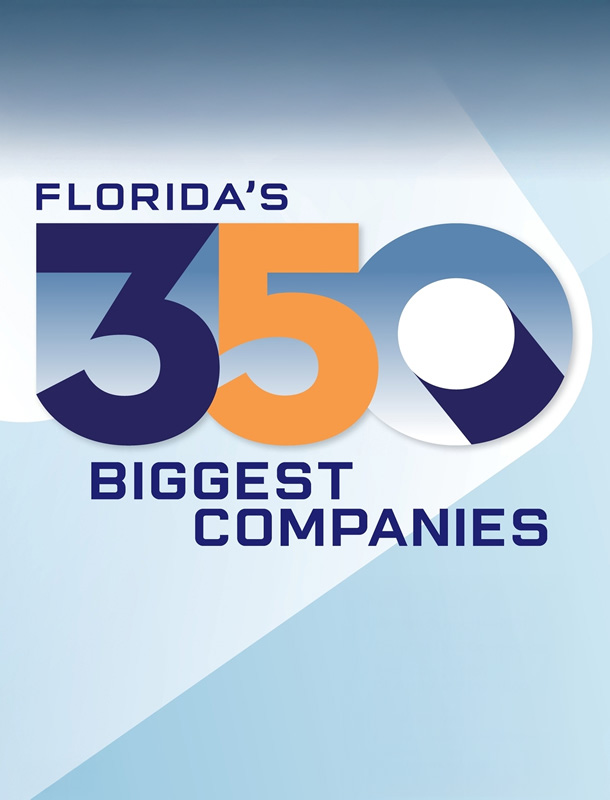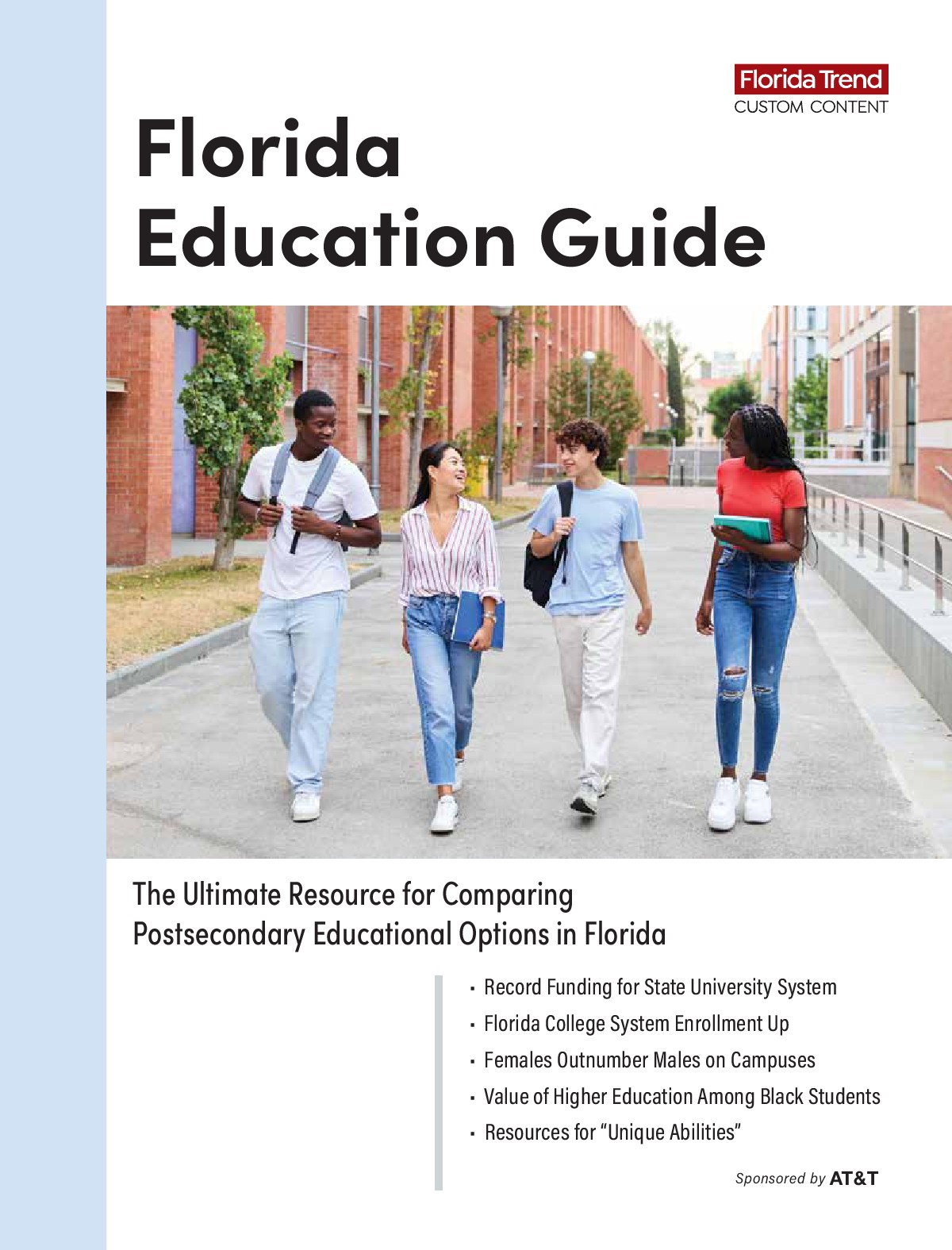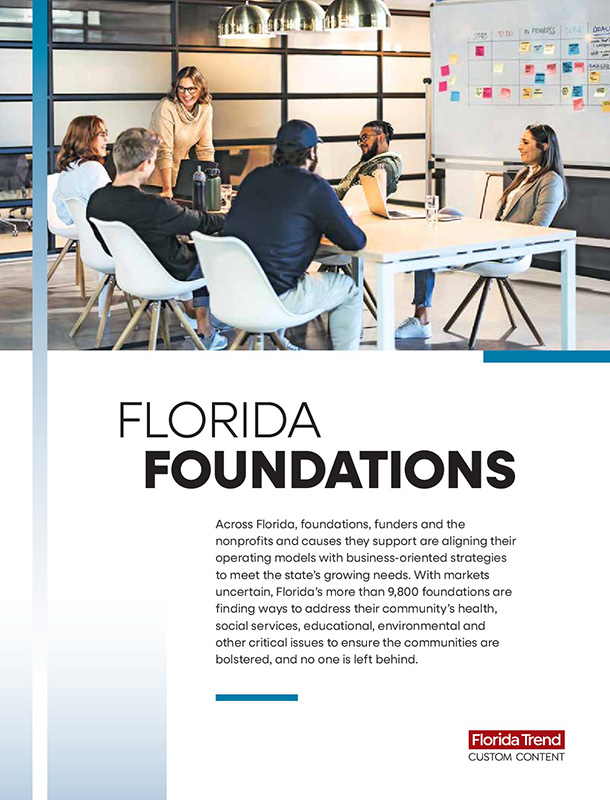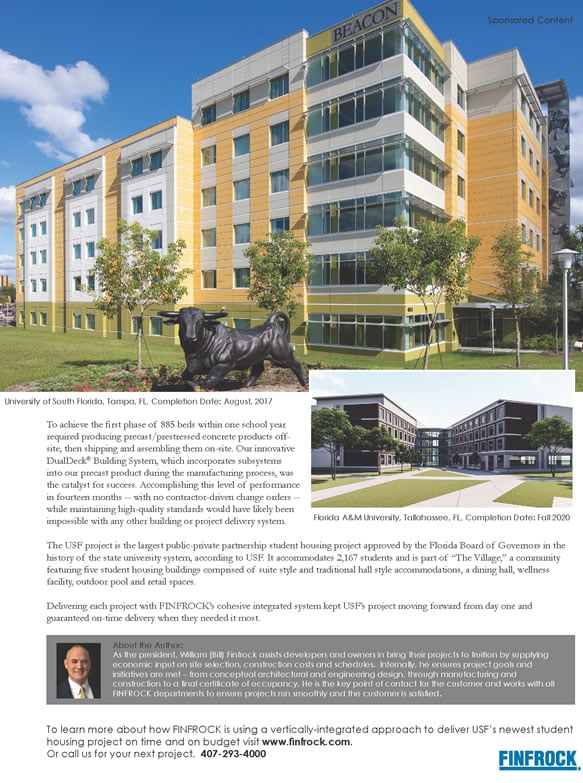The healthcare sector is experiencing a talent shortage. The industry is experiencing growth across numerous positions in hospitals, clinics, physicians’ offices, and other healthcare settings, and currently there aren’t enough workers in the pipeline to fill these positions. Additionally, the challenge is to ensure that current and future workers possess the essential employability skills, on-the-job skills, and technical know-how to keep up with this evolving field. According to the U.S. Bureau of Labor Statistics, employment in healthcare occupations is projected to grow 16 percent from 2020 to 2030. This growth is faster than the average for all occupations, and healthcare will add more jobs than any other occupational group. Enter the employer-educator partnership—an alliance that goes beyond conventional career services to ensure that employers have a reliable supply of employees while learners have clear job targets.
Fueling the demand for healthcare talent
Growing demand and new technologies are propelling the need for healthcare workers. Several factors are spearheading this, including the rise in the aging population, public sentiment demanding improved care and access for underserved populations, and the prevalence of chronic illnesses requiring professional attention. Healthcare is also witnessing rapid advancement in how sectors deliver services and run their operations, and this shift requires talent skilled in emerging technologies. However, preparing the volume of needed future healthcare workers is a monumental task and requires creative thinking outside the traditional classroom setting.
Allied health positions are witnessing the bulk of this growth. The U.S. Bureau of Labor Statistics has identified “faster than average” growth for healthcare support workers, medical technicians, and therapists. Meeting growing employment needs will be difficult without widely accessible training to help prepare students who may not even possess traditional degrees, but whose unmined talent could help with staffing needs. Students graduating with a conventional degree are preparing for existing jobs, but the landscape is changing so rapidly that they will need supplemental training and education that will fill future knowledge gaps. This applies to all healthcare positions—even highly skilled physicians need continuing education. The reality is healthcare disruption is so frequent that classroom instruction alone isn’t sufficient.
The pandemic can provide insight into how quickly disruption can change the healthcare sector thereby requiring upskilling and training of current allied professionals. According to research from PwC’s Health Research Institute, the pandemic created new expectations for providers, payers, patients, and pharmaceuticals. For example, it expediated the use of telehealth. Currently, 95 percent of large U.S. employers cover telehealth—up from 56 percent in 2016.
New federal rules that require providers and payers to free patient data from firewalls for patient apps and broader data sharing are laying the foundation for a more consumer-centric healthcare system. This relaxing of rules will attract disruptors to healthcare—those looking to digitize health information to increase efficiency and transparency and create new markets for information sharing.
These are just two examples of how disruption in healthcare will require quick upskilling of talent and introduce new roles that will require workers to possess the technical, customer service, and other soft skills to engage with hospital administrators and patients. Positions that currently don’t exist may soon be in high demand and adapting to disruption will keep American workers relevant and employed.
Employer-Educator partnerships ensure the right skills training
Ultimate Medical Academy (UMA) has determined that employer-educator partnerships create a significant opportunity to tailor education to address the skills required for healthcare positions—both for existing and emerging roles. Employer-educator partnerships are well-positioned to introduce and train students on emerging healthcare technology as well as the operational needs and soft skills, specifically when it comes to allied health positions—those roles which make end-to-end patient care possible. For the employer-educator partnership to evolve and thrive, we need to get even closer to the reality of current day-to-day employment. Employers have specific soft, technical, and hard skills needs. While many employers have developed their own training, employer-educator partnerships enable employers to tap expertise into curriculum development, learner engagement, and tools to train, assess mastery, and ensure readiness at the completion of a program.
The employer-educator partnership differs from career services and isn’t an internship program or a job fair. Employer feedback can lead to the creation of courses to help develop versatile skillsets. As healthcare employers adopt new technologies and methods to improve patient care and operations, those insights are more likely to funnel through these partnerships and inform student learning. Other opportunities include a promising career path for students that spurs the desire to enter the healthcare field and complete training. This type of partnership ensures that educators are satisfying employer requirements so that graduates have a path toward a stable job and potential career. As the partnership continues, both the employer and educational institution rely on the other to sustain talent, continuous learning, and support.
At UMA, we believe care pays back. We take care of our team members who, in turn, care for our students and graduates who can then deliver care through healthcare providers to patients in communities across the country.
I invite you to learn more at www.ultimatemedical.edu/



